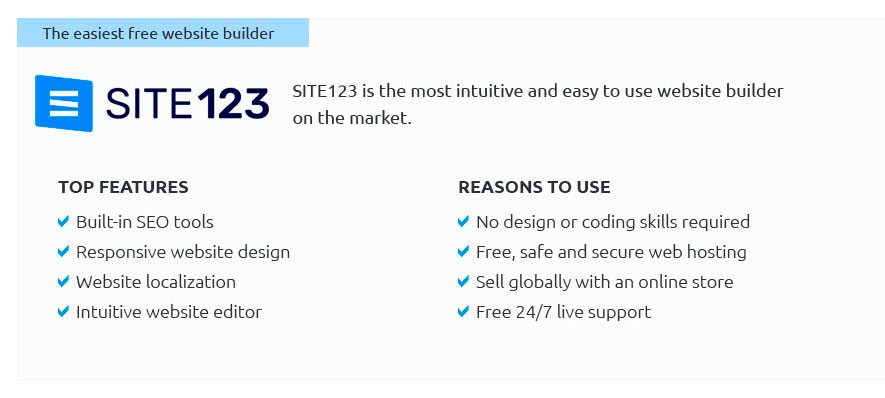 |
 |
 |
 |
|
 |
 |
 |
|
 |
|
 |
 |
|
 |
|
 |
|
 |
 |
The Art and Craft of a Website DesignerIn the digital age, the role of a website designer has evolved into a dynamic blend of art and technology, demanding not just a keen aesthetic sense but also an understanding of the intricate workings of the web. With the internet becoming an indispensable part of daily life, the demand for skilled website designers has skyrocketed, making this profession both lucrative and creatively fulfilling. But what exactly does a website designer do? To put it simply, a website designer is responsible for creating the look and feel of a website. This involves selecting color schemes, fonts, and layouts that resonate with the brand's identity while ensuring an intuitive user experience. However, their responsibilities extend far beyond mere aesthetics. They must also consider the usability and functionality of the site, ensuring it is accessible across various devices and platforms. The process of designing a website typically begins with understanding the client's needs and objectives. This initial phase is crucial as it sets the foundation for the entire project. A thorough understanding of the target audience, the brand's message, and the website's primary goals is essential for creating a design that aligns with the client's vision. Once the designer has a clear understanding of these elements, they move on to the brainstorming phase, where creativity takes the forefront. During this stage, designers often create wireframes and mockups to visualize the structure and layout of the site. These preliminary designs are essential for identifying potential issues and making necessary adjustments before the development phase begins. As the project progresses, designers collaborate closely with web developers to ensure that the visual design translates seamlessly into a functional website. This collaboration is crucial as it bridges the gap between design and technology, resulting in a cohesive and well-functioning product. Additionally, designers must stay updated with the latest design trends and technological advancements to deliver modern and competitive websites.
In conclusion, the role of a website designer is multifaceted and ever-evolving, requiring a unique blend of creativity, technical knowledge, and interpersonal skills. As the digital world continues to expand, the demand for talented website designers will undoubtedly grow, offering exciting opportunities for those with a passion for both art and technology. Whether you are a budding designer or a seasoned professional, staying abreast of industry trends and continually honing your skills will ensure success in this dynamic field. https://designer.microsoft.com/
A graphic design app that helps you create professional quality social media posts, invitations, digital postcards, graphics, and more. https://www.godaddy.com/websites/web-design
Our graphic designers are ready to start creating a stunning website for you. For a free consultation, call us today at (480) 366-3344. https://webdesigner.withgoogle.com/
Google Web Designer gives you the power to create beautiful and compelling videos, images, and HTML5 ads. Use animation and interactive elements to build out ...
|